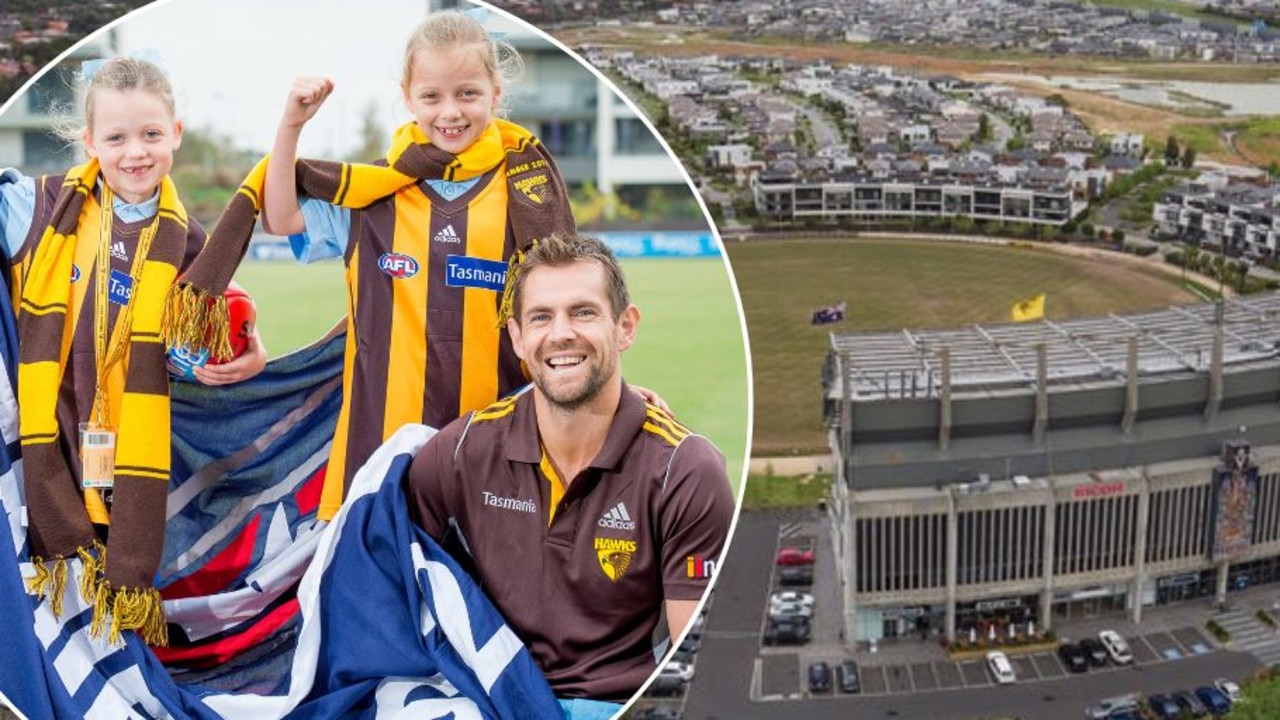Victoria’s national parks paying the price for selfies: State’s Instagram hotspots revealed
Instagram selfies at Victorian hotspots have become “a public health hazard that is not going away”, with solutions now being urgently sought before there are more injuries and deaths.
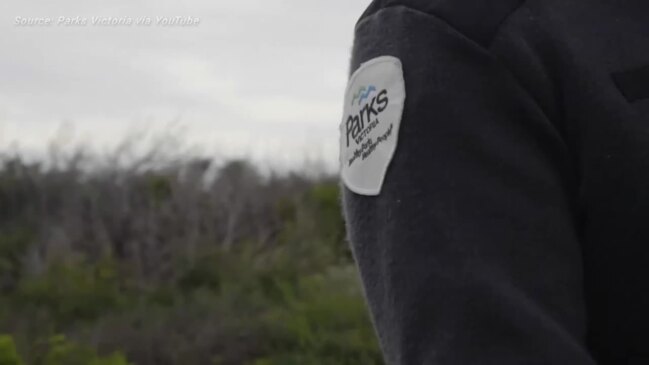
News
Don't miss out on the headlines from News. Followed categories will be added to My News.
Inspired by Instagram influencers, young Victorians and tourists are travelling to national parks, beaches and sites of natural beauty simply to take a single posed-up photo — destroying habitat and risking serious injury in the process.
New Australian research on the growing problem calls for action that could involve direct safety messaging to social media users to prevent further “selfie deaths” and protect our parks.
Already locations can be completely closed off to visitors if and when they “go viral” on Instagram.
The problem is so great on Victoria’s Great Ocean Road, Parks Victoria has released a video pleading with people to stay behind barriers at Port Campbell’s 12 Apostles and the stunning Bay of Islands region.
“One of the challenges we are constantly faced with is seeing visitors climbing barriers to get the unique Instagram-worthy picture,” a park ranger says in the video.
Other rangers add the cliffs at Port Campbell are 60 to 70 metres high and those clambering over the barriers are not only putting themselves at risk but also trampling over vulnerable and protected natural habitat.
Boroka Lookout near Halls Gap remains an Instagram photo hotspot, even after the tragic death of Craigieburn woman Rosy Loomba at the Grampians in 2020.
Ms Loomba tragically died in front of her family and 30 other park visitors after climbing over the lookout safety barrier.
Parks Victoria visitor experience director Lisa Patroni said there had been 12 injuries linked to sightseeing, filming or photography reported in Victorian parks between June 29, 2020 and December 4, 2022 alone.
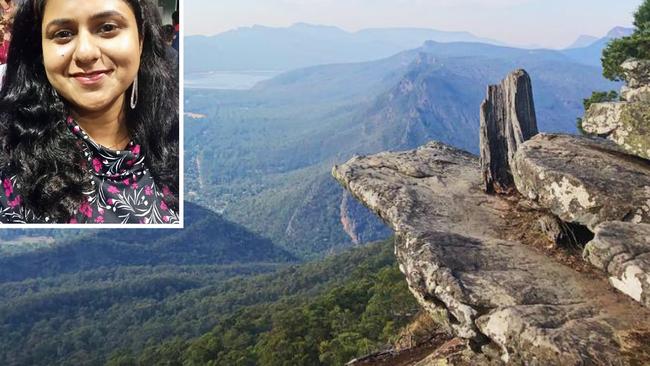
“Climbing barriers to get a perfect selfie or to look for a better view is really dangerous and can lead to serious injury and even death … we unfortunately see far too many people ignoring safety signage and barriers and climbing onto fragile terrain in many locations. This often appears to be for the purpose of taking a photo,” Ms Patroni said.
Mount Martha is also a popular selfie spot with young Victorians, for Instagram photos jumping of the cliff at the Pillars into the sea.
Falling from a height has been found to be the most common injury mechanism in selfie-related incidents in Australia and America, at 33 per cent, while drowning is the second most common cause of selfie-related deaths.
It comes as Australian researchers seek to understand the growing trend of both tourists and locals heading to national parks and picturesque beaches and waterways for the sole purpose of recreating an Instagram photo they saw posted by an influencer, or others on the platform.
University of New South Wales PHD candidate Samuel Cornell — who is part of a team that received funding from Instagram to investigate risks being taken by social media users for photos — has started mapping selfie-related deaths and injuries globally.
Because most injuries weren’t reported or covered by mainstream media, the official figures were “just the tip of the iceberg”, he said.
Mr Cornell said his research had so far revealed a number of photo “hotspots” around Australia and in Victoria, but these were constantly changing according to where influencers had most recently photographed themselves.
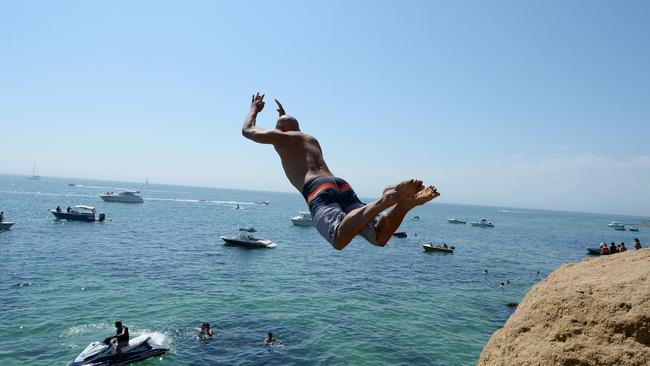
The demographic of people visiting national parks had changed over the last decade from bushwalkers and nature-lovers to young people seeking to replicate photos they had seen on Instagram that had got hundreds of likes or gone viral, Mr Cornell said.
“The crazy thing is, it’s so fleeting and people are really going for the same image that they’ve seen on Instagram … they’ve seen an image online and they want to copy that. So it’s not even creating something new. It’s basically re-enacting curated content,” he said.
“Land managers have told us that there’s a problem … but that they’re struggling to keep up with the mass of content that’s online and don’t know what the next hotspot is going to be because it’s inspired by social media. A hotspot where people go to take selfies or photos for Instagram one day might not be the preferred location the next day. So it’s really difficult for land managers to come up with solutions,” Mr Cornell said.
“They’re also saying the visitation demographic to national parks has really changed in the last decade. Previously it was bushwalking groups, people visiting for sports and hikers but now they’ve got this whole different demographic.
“That might sound like a good thing because more young people are getting out and visiting national parks but actually it’s quite nefarious because people are visiting often just for a single photo … it’s like their whole mentality … they are very goal oriented, in that they’re just going for this photo and it’s almost as though they’re not aware of their surroundings and the landscape, and that has implications not just for their own safety but ecologically and culturally.”
In research submitted to Emergency Medicine Australasia, Mr Cornell said while selfie-related injuries and deaths were a relatively new phenomenon, “data suggests they are a public health hazard that is not going away”, and emergency medicine practitioners could play a role in the primary and secondary prevention of “selfie incidents”.
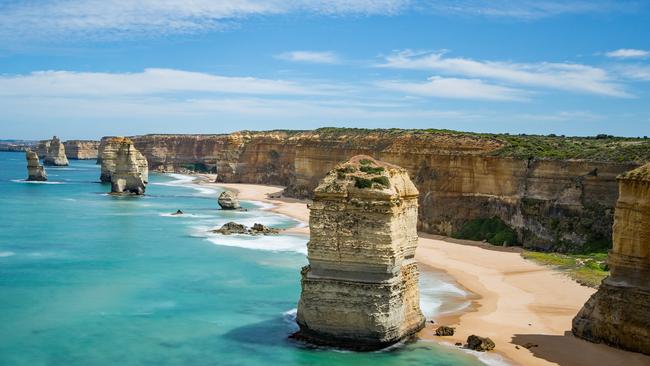
This included delivering “opportunistic behaviour change messaging” to those at risk of being injured or killed in a selfie-related incident, particularly young males aged 14 to 25, he said.
Water was particularly appealing to Instagram users, but also posed great risk, he said.
It was possible direct safety messaging to Instagram users and influencers could be the best way to tackle the problem in the future, Mr Cornell said in a paper about Selfie Related Deaths in Aquatic Locations, submitted to the Journal of Medical Internet Research in March this year.
“Selfie-related injury has become a growing public health concern amid the near ubiquitous use of smartphones and social media apps. Of particular concern are selfie-related deaths at aquatic locations; areas often frequented because of their photogenic allure. Unfortunately, such places exhibit hazards inherent with their environment,” he said.
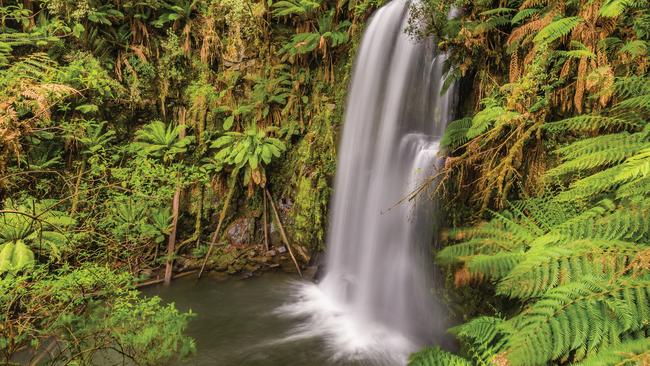
“Little attention has been paid to averting selfie-related incidents through behaviour change methodologies or direct messaging to users, such as through social media apps.
“Although previous research has recommended ‘no selfie zones’, barriers, and signage as ways to prevent selfie incidents, our results suggest this may not be enough, and it may be prudent to also engage in direct safety messaging to social media users.”
It was possible people taking selfies could suffer from “a temporary loss of proprioception and depth perception due to their fixated gaze on their phone screen”, he said, adding to the level of risk they faced.
“This loss of awareness of the selfie-taker’s surroundings may lead to disorientation and may be an important factor in selfie-related falls from heights.”
Country music star sick of selfies
Social media selfies are less about vanity than they are “capturing deeper meaning”, according to scientists researching the photo phenomenon.
What’s more, there’s little chance society’s — and particularly young people’s — selfie obsession will slow anytime soon.
It comes as country music megastar Miranda Lambert stopped mid concert to berate fans on the weekend for taking selfies during her Las Vegas show, saying they were p---ing her off.
“I’m gonna stop right here for a second, I’m sorry,” Lambert said to her pianist during the show. “These girls are worried about their selfie and not listening to the song.”
“It’s pissing me off a little bit,” she said.
“Sorry, I don’t like it. At all. We’re here to hear some country music tonight. I’m singing some country damn music.”

Lambert’s anti-selfie stance — taken when she was just a few bars into her song Tin Man — has caused backlash against the star.
Fans appeared unrepentant, with many taking to social media afterwards to say they would take selfies when and where they wanted.
Several concertgoers also got up and left in protest.
In April this year scientists from Ohio State University in the US said their research into the subject revealed people took selfies to capture a deeper meaning of their experience and not out of vanity.
The researchers said their findings, published in the journal Social Psychological and Personality Science, showed people also sought to document a physical experience.
“While there is sometimes derision about photo taking practices in popular culture, personal photos have the potential to help people reconnect to their past experiences and build their self-narratives,” one researcher said.
Ohio State University professor of psychology Lisa Libby added: “These photos with you in it can document the bigger meaning of a moment. It doesn’t have to be vanity.”

